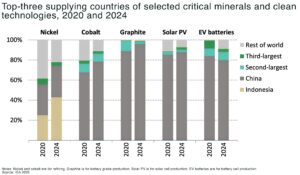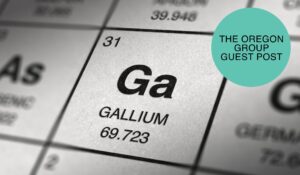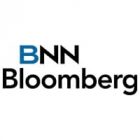The second quarter of 2021 saw surging demand, supply constraints, and significant price movements. Here’s an overview of some of the key developments during this period:
After a dip to approximately $14,700 per metric ton in March, prices rebounded, closing June at around $17,980 per ton. This was driven by robust demand from the stainless steel sector and the accelerating electric vehicle (EV) market.
The average London Metal Exchange (LME) nickel price for the quarter stood at $7.87 per pound, reflecting a 42% increase compared to the same period in 2020.
Sherritt International reported a 2% year-over-year increase in finished nickel production, totaling 4,230 tonnes in Q2 2021. This growth was attributed to improved refinery reliability and higher inventory levels. Nickel 28’s Ramu Operation achieved production of 7,773 tonnes of nickel contained in mixed hydroxide product (MHP), a 2% increase from the previous year. The operation met production guidance and benefited from favorable market prices.
However, global supply has faced challenges as well. Operational disruptions at major producers like Nornickel and Glencore have contributed to price volatility.
China’s nickel pig iron (NPI) production remained steady, but operating rates were low due to reduced nickel ore availability. Conversely, Indonesia has continued to expand its capacity.
In terms of demand growth, the EV sector continued to drive demand for battery-grade nickel, particularly nickel sulphate. If you take a look at our recent piece on the EV market, it’s clear that this area of nickel demand is going to stay strong and even develop further. It’s also worth you taking a look at my commentary piece published earlier this year in The Northern Miner about China’s moves in the battery grade nickel space.
Anthony Milewski
Chairman, Nickel 28 Capital




















